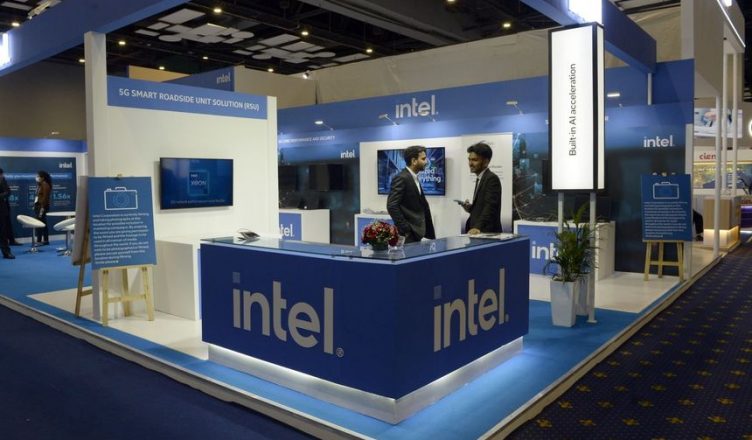Intel (INTC:NASDAQ) shares slid by as much as 9% in extended trading on Thursday after the chipmaker issued fourth-quarter results that failed to meet analysts’ estimates and gave a weaker-than-expected forecast.
America’s largest chip maker by revenue, on Thursday reported a $664 million loss for the final period of the year on a 32% decrease in sales to $14 billion. The figure came short of Wall Street forecasts for a $278 million loss on sales of $14.49 billion as revenues were hurt by a souring market for its chips and growing competition from rivals, as it also issued a gloomy outlook for the current quarter.
Gloomy market conditions are expected to persist through the first half of the year, Chief Executive Pat Gelsinger said. Intel’s rocky financial situation is being compounded by bloated chip inventories, as it expects to post another loss for the March quarter. The U.S. chip icon hasn’t suffered two successive quarterly losses in at least the past three decades, according to data from S&P Global Market Intelligence.
“We readily admit our results and our Q1 guidance are below what we expect of ourselves,” Mr. Gelsinger said. The Chief Executive said he wouldn’t provide revenue guidance beyond the current quarter given the uncertainty, a break with the tradition of providing a full-year sales forecast.
On January 12, Intel saw a total addressable market for 270 million to 295 million PCs in 2023. On Thursday the company said it now expects the market to be on the low end of that range.
The sales slump reflects, in part, the sharp downturn the personal-computer market has been experiencing over recent months. PC shipments fell 28.5% in the final quarter of last year, research firm Gartner said, the worst retreat since it began tracking the market in the 1990s. Consumer spending has been hit by central banks raising interest rates to combat soaring inflation and growing fears of a possible recession.
Intel’s central processing units, or CPUs, feature in most of the world’s PCs. Revenue in the division responsible for those sales fell 36% to $6.6 billion, worse than analysts expected. Shipments of PCs will be at the low end of its forecast range of 270 million to 295 million this year, the company said in a presentation.
Intel’s other main business line that provides chips for data centers fell roughly 33% to $4.3 billion. The company said demand for servers is expected to fall in the first half of the year but return to growth thereafter.
Chip companies, including Intel, have pared back production plans and reduced capital spending—including computer-memory giants Samsung Electronics Co. and Micron Technology (MU:NASDAQ) key players in a segment of the chip market viewed as a leading indicator for technology demand.
Semiconductor companies have seen a stark shift to a glut of chips amid recession fears from a period of shortage during the height of the pandemic driven by demand for all-things digital. Intel also has been battling loss of market share to rivals such as Advanced Micro Devices (AMD:NASDAQ) and companies that have embraced semiconductors based on technology from British chip-design specialist Arm Ltd.
Mr. Gelsinger has laid out plans for a return to leadership within a few years. Intel last year made a push to slash expenses by $3 billion in cost cuts this year. The company aims to achieve as much as $10 billion in annual cost reductions and efficiency gains by the end of 2025.
Fueled by potential government grants worth billions of dollars and tax breaks under U.S. legislation passed last year, Intel is building new plants in Arizona, Ohio and Germany and is expanding its operations elsewhere.
Intel executives said they remain committed to major projects, though the company has pushed back the start of construction on its facilities in Germany against the worsening market outlook and made other moves to save money.
Shares of Intel are up 12.57% year to date, but are down 37% in the past year.

